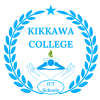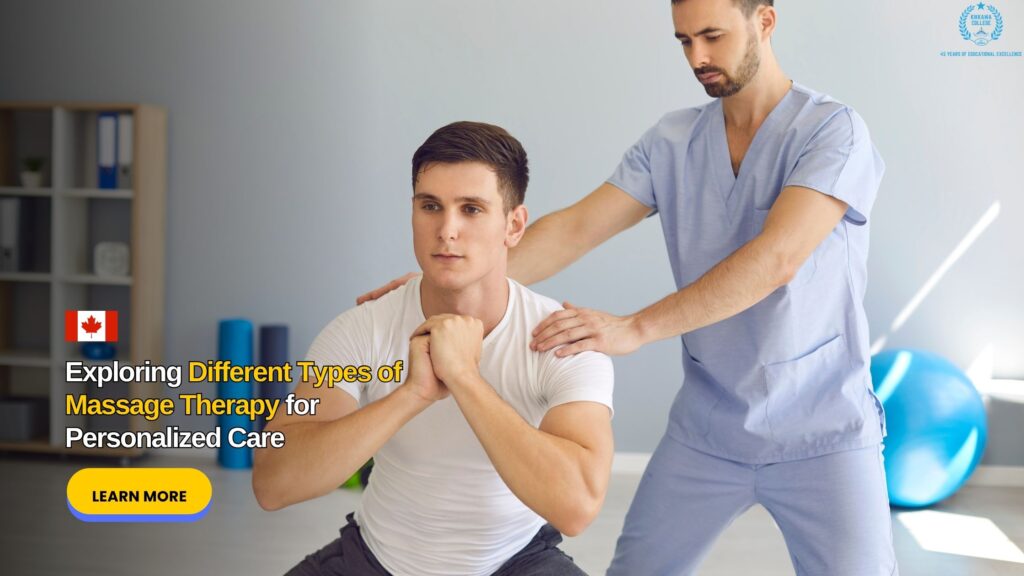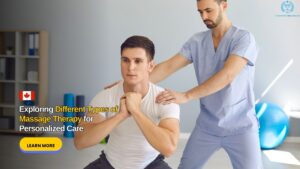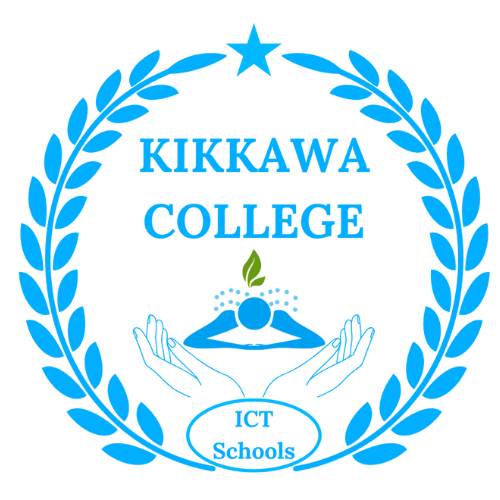The world of massage therapy is as diverse as the human body itself. While many people are familiar with the general concept of a Swedish massage, the field encompasses a rich tapestry of techniques and modalities, each with its own philosophy and therapeutic intention. A comprehensive Massage Therapy Diploma doesn’t just teach one method; it provides a toolkit of approaches, allowing a therapist to tailor each session to the unique needs of the client. Understanding these modalities is like a musician learning different scales—it provides the foundation for creating a symphony of healing.
Swedish massage is often considered the foundation, characterized by long, flowing strokes (effleurage), kneading (petrissage), and circular movements designed to promote general relaxation, improve circulation, and ease muscle tension. It’s an excellent entry point for those new to massage and remains a cornerstone of wellness-focused care. In contrast, Deep Tissue massage uses slower, more forceful strokes to target the deeper layers of muscle and connective tissue (fascia). This modality is particularly effective for chronic aches and pain, repetitive strain injuries, and rehabilitating muscle damage, though it requires a precise understanding of anatomy to be applied safely and effectively.
Beyond these well-known styles, the diploma explores specialized techniques. Myofascial Release is a subtle yet profound approach focused on releasing tension in the fascial web—the dense, connective tissue that surrounds every muscle, bone, and organ in the body. Rather than rubbing muscles, the therapist uses gentle, sustained pressure to stretch and loosen the fascia, which can alleviate pain and restore mobility. Trigger Point Therapy involves applying concentrated pressure to specific hyperirritable spots within a muscle (trigger points) that can cause local and referred pain. By deactivating these points, the therapist can relieve pain patterns that may seem unrelated.
Other modalities might include sports massage, as previously discussed, or lymphatic drainage, a very light technique designed to stimulate the lymphatic system to reduce swelling and support immune function. The true art of therapy lies in the assessment and blending of these modalities. A client presenting with stress-related headaches might benefit from relaxing Swedish strokes on the neck and shoulders combined with targeted trigger point work on the suboccipital muscles at the base of the skull. A Massage Therapy Diploma from ICT Schools provides the knowledge and practical experience to make these clinical decisions confidently. It empowers you to be not just a technician, but a skilled practitioner capable of designing a personalized healing experience for every individual who walks through your door.






